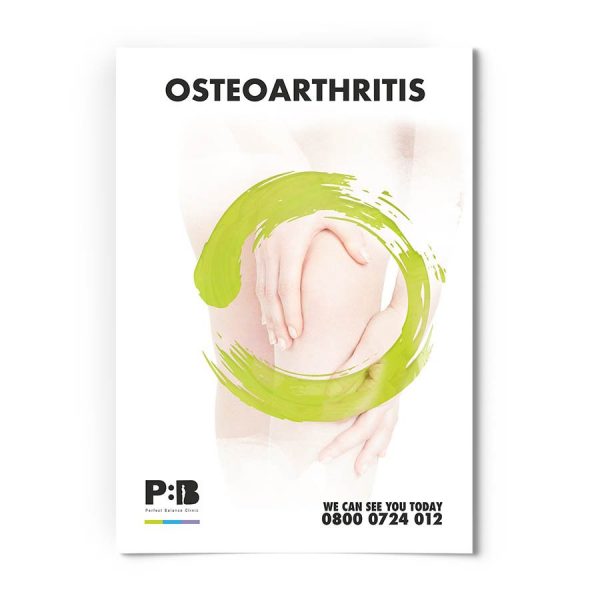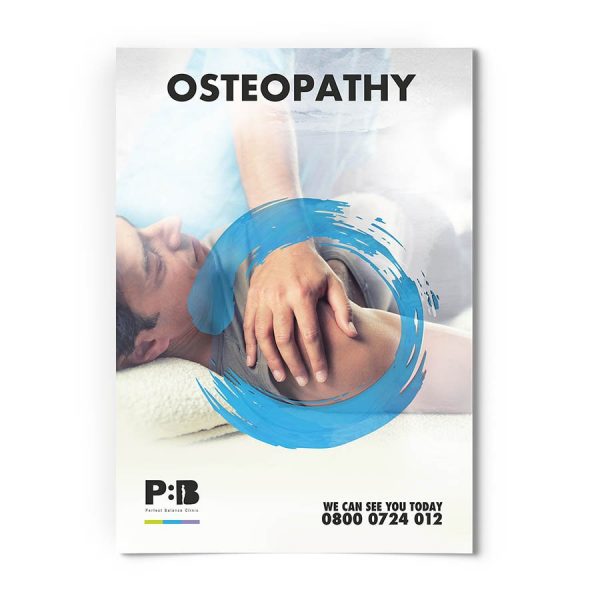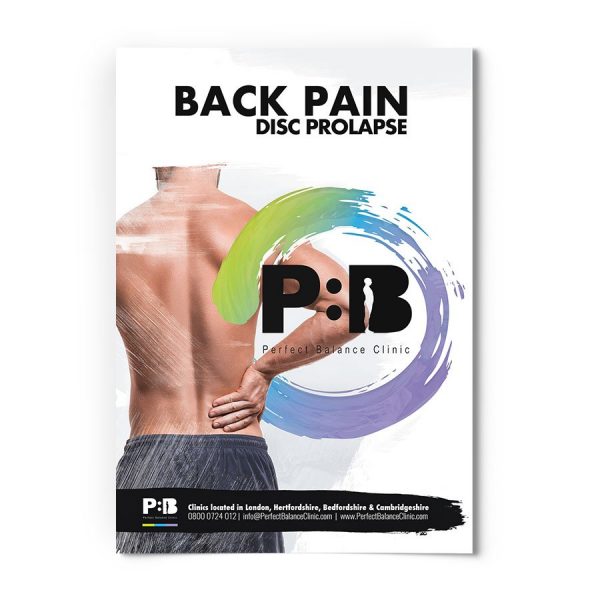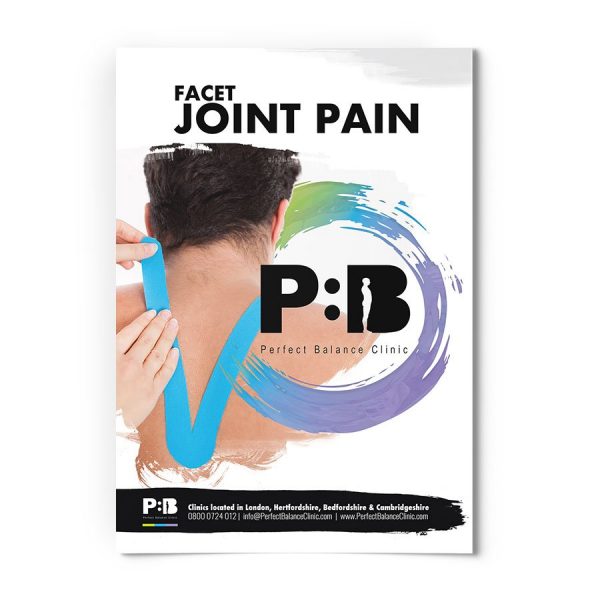Treatment for Bouchard’s and Heberden’s Nodes
Do you need specialist help with Bouchard’s and Heberden?s Osteoarthritis?
Please fill in the form below and contact us and tell us how it is affecting you to find out how we can help today.
Not sure about how we can help? Then read on to find out more about our specialists and their background in treating other people with Bouchard’s and Heberden?s Osteoarthritis issues…
Low level laser therapy (LLLT) provides a safe, effective non-invasive treatment for patients with Bouchard’s and Heberden’s osteoarthritis, reducing pain and swelling and increasing joint mobility (Baltzer, Ostaoczuk, & Stosch, 2016).
Bouchard’s and Heberden’s Osteoarthritis
Osteoarthritis is a painful condition of the joints that causes them to become stiff and restricts their ability to move freely. The condition is usually associated with general wear and tear or injury, especially as we age, but its precise causes are still not fully understood.
While your joints suffer minor damage through normal life and exercise, generally this is healed naturally by the body; but sometimes the body fails to effect a complete repair, and this results in a loss of cartilage and the development of bony growths and inflammation.
Osteoarthritis can affect any joint in the body, for instance, the knees, hips, and hands. Bouchard’s and Heberden’s Osteoarthritis occurs in the hands, which can cause the formation of nodes, in other words, bony bumps (osteophytes).
When these occur on the middle joint of the finder they are called Bouchard’s nodes, and when they are on the final joint of the finder they are called Heberden’s nodes. Similar nodes can form at the base of the thumb in the carpometacarpal joint.
Osteoarthritis of the hands is particularly common for people over 50, and it is more common amongst women. It can be a cruel disease as people who are highly dependent on their hands, such as musicians, seem to be particularly prone to the condition due to the demands they place on their bodies (Sheibani-Rad, Wolfe, & Jupiter, 2013) and can bring the career of a professional musician to a premature close.
Bouchard’s and Heberden’s nodes were so named after the physicians Charles Bouchard and William Heberden, respectively of the eighteenth and nineteenth centuries.
Treatment
Various ways of treating this condition have been used with the overall aim of reducing or eliminating pain and restoring function and mobility. Such treatments include anti-inflammatory and analgesic drugs, soft sleeves, or splints that are worn on the fingers while undergoing certain activities, rest and exercises, and steroid injections.
In severe cases, surgery may be necessary. Although such treatments can bring relief, some have potentially long term effects that are not completely understood.
However, recently low-level laser therapy (LLLT) has been shown to be an effective and entirely safe treatment (Baltzer, Ostaoczuk, & Stosch, 2016).
Low-Level Laser Therapy Shown to be Highly Effective
LLLT uses low-level lasers of specific wavelengths that interact with the tissue to promote natural healing. The wavelength is usually between 600 and 1,000 nanometers and the power ranges from 5 to 500 milliwatts.
Originally developed in the 1960s, it has been used to treat a wide range of conditions, and a systematic review of the treatment (Bjordal, Coupp?, Chow, Tuner, & Ljunggren, 2003) concluded that it can significantly reduce pain and improve health status in chronic joint disorders.
However, until recently there has been little work carried out on how effective it is on osteoarthritic conditions of the hand.
The Baltzer, Ostaoczuk, & Stosch (2016) study looked at 34 patients who were given between five and ten LLLT treatments twice weekly and the effect of the treatments on pain, swelling, and joint mobility was assessed periodically.
After five to seven treatments there were significant reductions in pain and inflammation along with an increased range of motion. In fact, the authors found that the effects were very large and persisted for eight weeks.
Finally
For anyone who is suffering from the painful condition of osteoarthritis of the hand, the confirmation that LLLT can have a large and lasting effect on reducing pain and improving joint mobility will be welcome news.
Although other treatments such as steroid injections, orthotics, analgesics and anti-inflammatories and surgery can help, little is know about the long term effects of these treatments.
However, not only is LLLT effective, but it is also entirely safe and has been used in clinical practice for other conditions for several decades.
For more information about Osteoarthritis
This article was written by our team of specialist therapists at Perfect Balance Clinic. If you would like more specific advice about how our team can help you with this condition or symptoms you may be having, please complete the contact form below and one of the team will get back to you shortly.
Here are some of our E-Books to help you
References
Baltzer, A., Ostaoczuk, M., & Stosch, D. (2016). Positive effects of low level laser therapy (LLLT) on Bouchard’s and Heberden’s osteoarthritis. Lasers in Surgery and Medicine.
Bjordal, J., Coupp?, C., Chow, R., Tuner, J., & Ljunggren, E. (2003). A systematic review of low level laser therapy with location-specific doses for pain from chronic joint disorders. Australian Journal of Physiotherapy, 107-116.
Sheibani-Rad, S., Wolfe, S., & Jupiter, J. (2013). Hand disorders in musicians. Bone and Joint Journal, 146-50.








